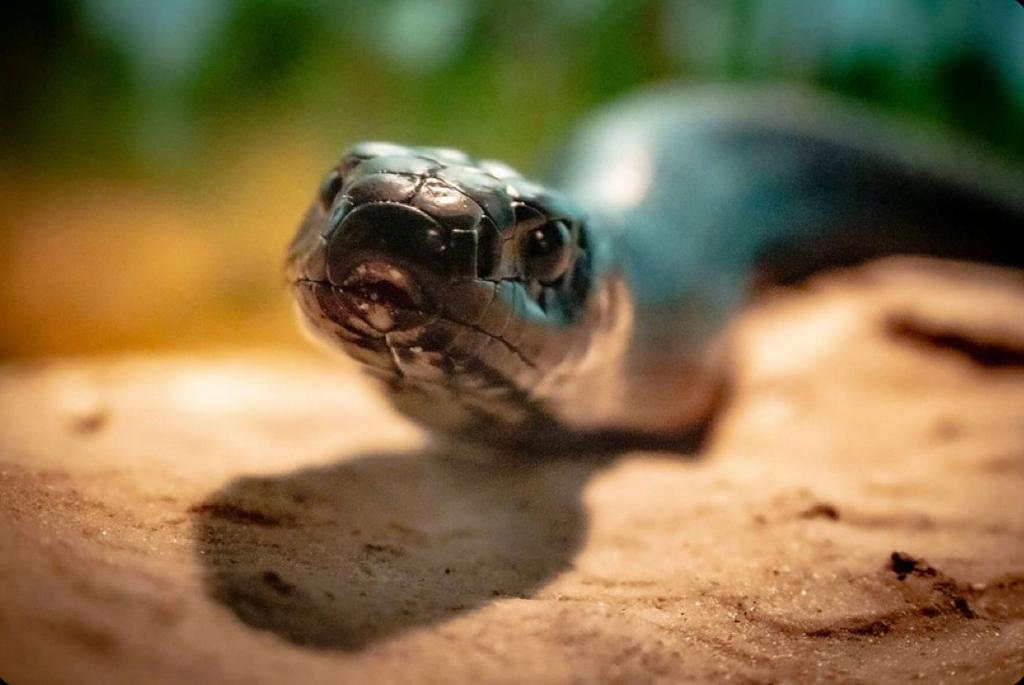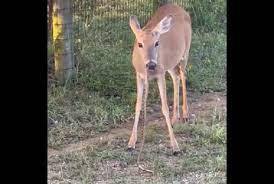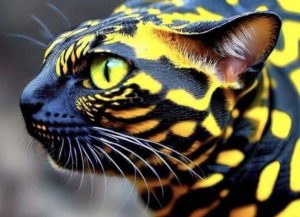The elusive Eastern indigo snake has slithered into Alabama for only the second time in more than 60 years.
The discovery of a wild-born Eastern indigo snake marks the completion of an intensive reintroduction programme for the reptiles in the state.
“The snake discovered yesterday indicates that the project is producing some thriving and reproducing indigos, which is exactly what we wanted!” the Alabama Wildlife and Freshwater Fisheries Division said on Facebook on Thursday. “It is a daunting task to reintroduce a species to its native range, and we celebrate each step of its success!”
Also Read|Watch: Mysterious ‘furry green snake’ found in Thailand
The reptile, which is the largest snake native to the United States, was once common throughout Alabama. According to the Alabama Department of Conservation and Natural Resources, they became extinct in the state in the 1950s, owing largely to habitat loss.
Snakes, on the other hand, are an important part of the ecosystem. Eastern indigo snakes were historically the “apex predator” in the longleaf pine forests where they live, according to Jim Godwin, an animal biologist with the Alabama Natural Heritage Program administered by the Auburn University Museum of Natural History. As a result, a decline in the snake’s population has a “domino effect” on other species in the ecosystem.
Also Read|Watch: Karnataka man’s stunt with cobras goes horribly wrong
In 2006, a group of conservationists in Alabama launched a project to reintroduce the Eastern indigo snake to the state. They began breeding a captive population with wild-captured individuals from Georgia, where the snakes are also found. The first snakes from the captive population were released into the Conecuh National Forest in 2010. The ultimate goal is to introduce 300 snakes in order to establish a healthy and viable population in Alabama.
The discovery of wild-born Eastern indigo snakes indicates that the snakes released survived and had offspring, providing hope for the species’ survival in Alabama. “It’s an excellent indicator that the snakes we’ve released that were born in captivity have been able to adapt to the wild, are functioning as wild snakes, and are reproducing,” Godwin said.
Also Read|Rattlesnake roundups take 2 paths, drawing praise and scorn
According to Godwin, the snake discovered was clearly wild-born due to two factors: its small size and the absence of a PIT (or passive integrated transponder) tag. The hatchling was clearly smaller than those released from captivity, which were typically at least two feet long; adult snakes can grow to be eight feet long. The snakes that are released are also tagged with PIT tags, which contain small microchips that allow researchers to identify each animal by its unique code.
According to the Alabama Department of Conservation and Natural Resources, the first wild-born Eastern indigo snake was discovered in Alabama in 2020. According to Godwin, both snakes were discovered by chance, as “it’s difficult to just go out and do a search for them, because they’re small, and they can hide very easily.” During the winter, the project team monitors gopher tortoise burrows, where adult Eastern indigo snakes breed during the colder months, in the hopes of identifying the animals.
Also Read|Land of many weird animals: Snake-like lizard seen in Australia
Auburn University, the Alabama Department of Conservation and Natural Resources, the US Forest Service, the US Fish and Wildlife Service, and other partners have been working together on the reintroduction project for several years, according to Godwin.







